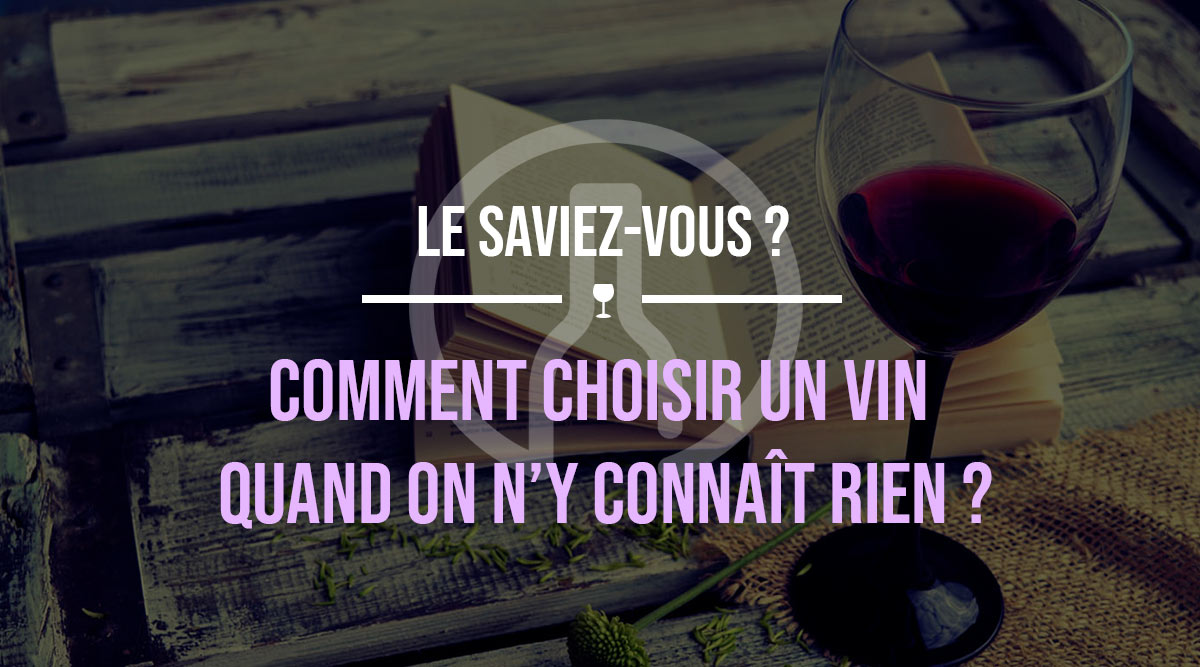That's the question you ask yourself when you come across a large wall of bottles or an Internet page and know very little about this sweet beverage?
How do you recognize a good wine?
It all depends on what you want to do with it! We're going to help you decipher a bottle, to give you a few pointers that may help you. Choosing the right bottle will vary according to your needs. Here are some important criteria to consider:
- The Appellation : This is the region where the wine is produced, according to precise specifications.
- Bottled at the estate: as the name implies, this means that the bottle has been bottled at the estate. It may also be noted "bottled at the château or estate" or "bottled by ..." if the winemaker has no bottling line.
- Alcohol content : This indicates the degree of alcohol present in the bottle. In general, the higher the alcohol content, the more powerful the wine.
- Estate, Chateau, Farmhouse : means that it is a property. A brand cannot use the words Domaine or Château in front of its name.
- Le Millésime : indicates the year in which the grapes were harvested. This is an important indication, as each year is different and produces wines of better or poorer quality.
- Storage capacity As a general rule, a wine is "ready to drink" after 5 years, and is considered "mature" after 10 years. Of course, it all depends on the winemaking techniques used, the vintage, the maturity of the grapes and so on.
- Other information is mandatory on a label, such as "contains sulfites", the logo for pregnant women... to which are added those of the specifications.
Which wine to choose for a gift?
You'll find our guide to offer a fine wine on our website. First of all, it's best to know the region of preference of the person you're giving it to. Once you've identified this region, ask yourself: will she drink it now or in a few years? ?
- If it's now, take a bottle of mature wine that has already aged for 6-8 years, this will guarantee the wine's drinkability.
- If you think the bottle will be cellaredTake a bottle as young as possible, and in particular a long-keeping wine ! As a general rule, ageing wines spend one to two years in barrel before being bottled. So, in 2020, you'll find bottles of 2017, and at the end of 2020, 2018, which will be destined for long ageing.
These deductions are valid for red wines, as for dry white wines, it is preferable to automatically take a recent vintage. Older dry white wines are niche products that you need to know about before venturing into them: for example, the premier and grand crus de Bourgogne are wines made for aging, and will be more difficult to drink young, with a few exceptions. Sweet white wines, on the other hand, are made for ageing, with their sweetness giving them an extraordinary capacity for ageing.
If you ask yourself these two questions, you've already gone a long way towards choosing the right bottle.
For an aperitif or a meal
For white wines, automatically go for a recent vintage. For an aperitif, we need youth and freshness. Wines from Loire or Burgundy are perfect for this! For a meal, it all depends on the dish you're going to serve. I invite you to do some research on the blog for know the best food and wine pairings possible. For red wines, it is also preferable to start with a young wine to retain all its fruitiness.
You have three options : A classic Bordeaux: fruity and round with a little character. A Bourgogne or Loire for a light, fruity red. A Côtes-du-Rhône that is just as fruity, but warmer and spicier.
Find all our great wines on Comptoir des Millésimes, including La Sélection du Caviste in which our cellar master advises you on a wide range of marvels!





![✨ Comptoir des Millésimes honors Champagne's great winemakers ✨[LINK TO THE ORGANIC CELLAR]We've selected 11 exceptional estates that reveal the full richness of Champagne terroir through unique, refined cuvées. Hugues Godmé - In Verzenay, this family-run biodynamic estate offers precise, vibrant champagnes with a beautiful mineral tension.Egly-Ouriet - A benchmark for the Montagne de Reims, its powerful champagnes, aged for long periods in barrel, impress with their complexity.Moussé Fils - In Cuisles, the Meunier grape is king. Pertois-Moriset - Pure, taut Chardonnay Grands Crus for lovers of chalky finesse. A fine address in Mesnil-sur-Oger.Geoffroy - In Aÿ, this domaine produces fine champagnes, carefully crafted and barrel-aged to reveal the full complexity of the terroir.Larmandier-Bernier - Biodynamic viticulture, exceptional parcels and purity. Crystal-clear, intense champagnes for connoisseurs.Roger Coulon - Eight generations of expertise at Vrigny. Balanced, subtle and elegant champagnes.A. Bergère - In Avize, a dynamic house offering expressive, fruity and accessible cuvées.Adrien Renoir - A promising talent from Verzy, he produces fine, complex champagnes with a true sense of terroir.De Sousa - Emblematic house in Avize. Richness, depth, long ageing: Chardonnay at its peak.Pierre Paillard - In Bouzy, the family magnifies Pinot Noir with vinous, racy and sincere cuvées.📦 Order now on our website#ComptoirdesMillésimes #Champagne #VigneronsIndépendants #GrandVin #ChampagnesdeTerroir #LivraisonRapide](https://www.comptoirdesmillesimes.com/blog/wp-content/plugins/instagram-feed/img/placeholder.png)